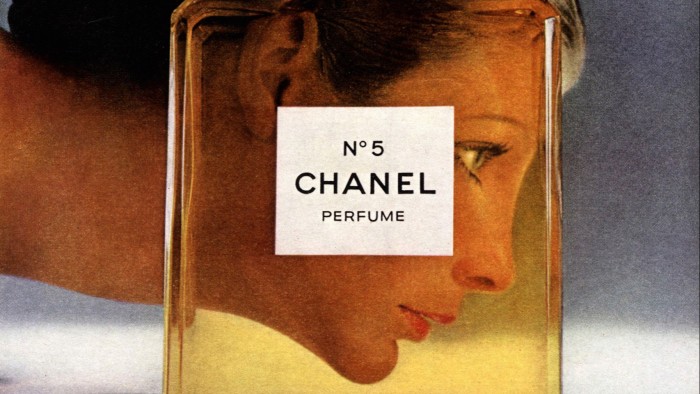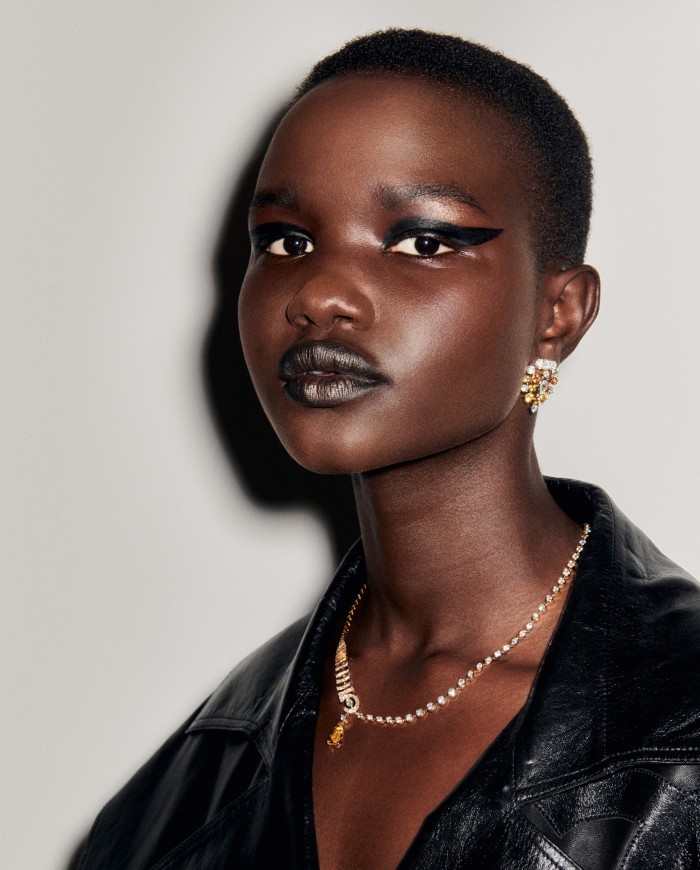HTSI editor’s letter: a spritz of the zeitgeist

Simply sign up to the Style myFT Digest -- delivered directly to your inbox.
I remember my first bottle of Chanel No 5. I was in my teens and the main olfactory stimulation to be found in our house was Clinique’s Aromatics Elixir, my mother’s favourite fragrance, of which a familiar mist would hang in every room. I wanted something different, a scent that summoned instant sophistication. And, for that, the choice was obviously No 5. The amber perfume, the heavy, iconic flacon, the minimalist branding and that complex yet mysterious blend of aldehydes and florals seemed just the thing to daub one’s journey into adulthood. I liked that it smelled a little too grown-up, and that it gave me personality. I liked also that it was Parisian and unapologetic and maybe a little bit pretentious. But its pedigree was peerless: how could anyone take issue with the fragrance worn by Marilyn Monroe?

I still keep a bottle on the go. It was what I wore through college, on my wedding day and in the hospital after having a baby. It has grown up with me, though its heady fragrance is still far too sophisticated for the woman I have become. It’s no doubt fulfilled the same function for the millions of others who reportedly buy a bottle every 30 seconds. Still among the top five bestselling scents in the world, the “women’s fragrance that smells like women”, as Coco Chanel once described it, is this year marking its centenary. In this issue, Vivienne Becker examines the five elements that have ensured its longevity, as well as getting a first look at a new line of jewellery inspired by the scent. As a synthesis of two elements that tie together both ends of the luxury market, they make for an interesting union. One is arguably the most accessible entrée into high fashion, while fine jewellery represents the market’s most exclusive realm. Both, however, have the power to transform the wearer in attitude and spirit; and it’s this spirit that is captured by photographer Ezra Petronio in a series of striking Polaroids.

Fragrance and fine jewellery remain totems of luxury in the very traditional sense. Other markers of privilege, however, are far less concrete. In “How Not to Get Cancelled”, Jemima Kelly investigates the growing number of high-end services people can now call on to smooth out their social-media profiles, help to ameliorate their Google ratings and create their perfect “digital twin”. As evidenced in recent news stories, “cancel culture” has now become so widespread that politicians, writers and personalities – not to mention normal people – can be reputationally destroyed by one tweet. And as our digital histories grow deeper, the possibility of future employers and prospective partners uncovering one’s ill-formed student musings, inappropriate pictures or contrary viewpoints has become a source of considerable concern. The new agencies can simply “tidy” up one’s virtual footprint to better show one’s profile, or they can get really granular and do a comprehensive audit of everything you’ve ever “liked”. Jemima has spoken to both clients and service providers to look at this new frontier in management to find out if you can indeed be cancel-proofed.

Another new area of interest: the ear. Too long taken for granted, this exquisite piece of biological engineering has become a valuable piece of real estate: something to stud with piercings, surround with sound, support our spectacles and, most recently, suspend our masks. Alexander Coggin has been photographing this new aural culture as part of a personal project, and we have reproduced a sample of his findings here. Meanwhile, the writer Will Self considers our ears as the venue for “a new kind of fashion show”. What does your ear furniture say about you? We’ve got the lobe-down.
Comments